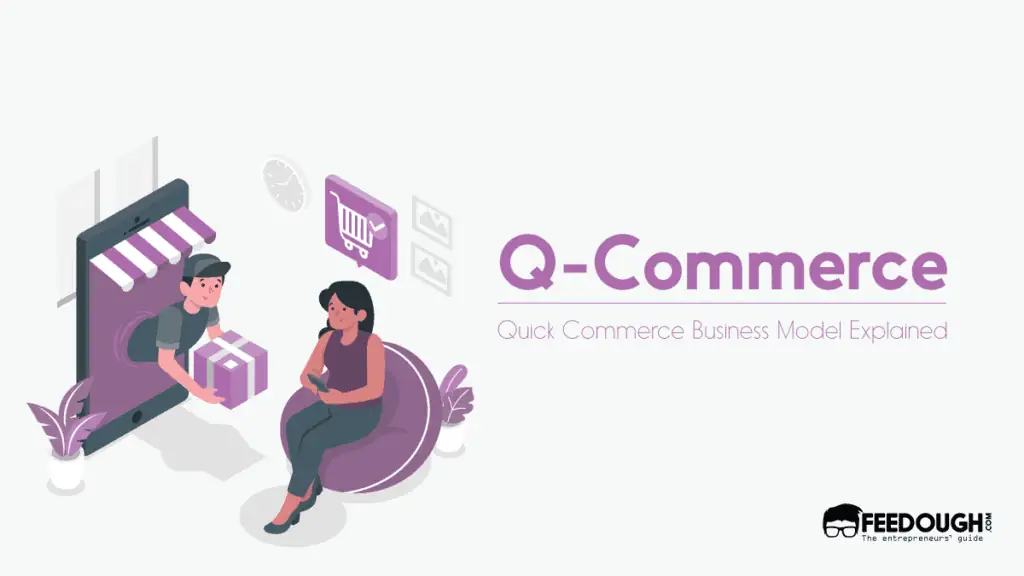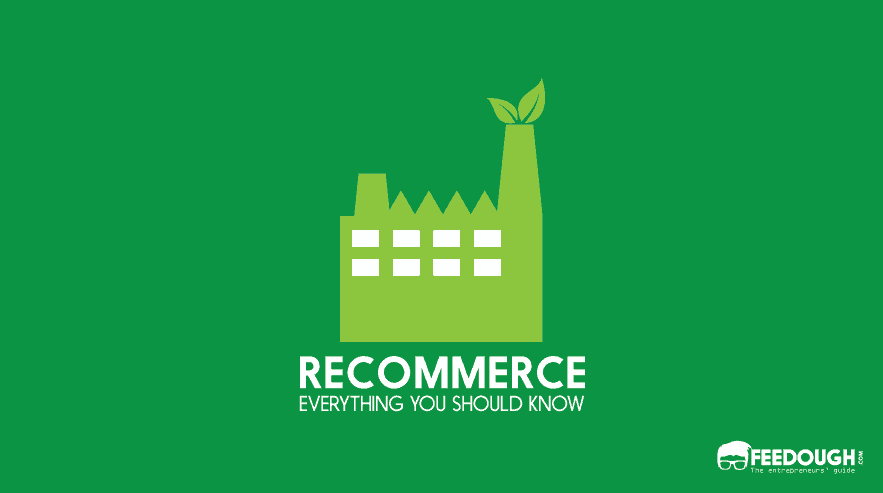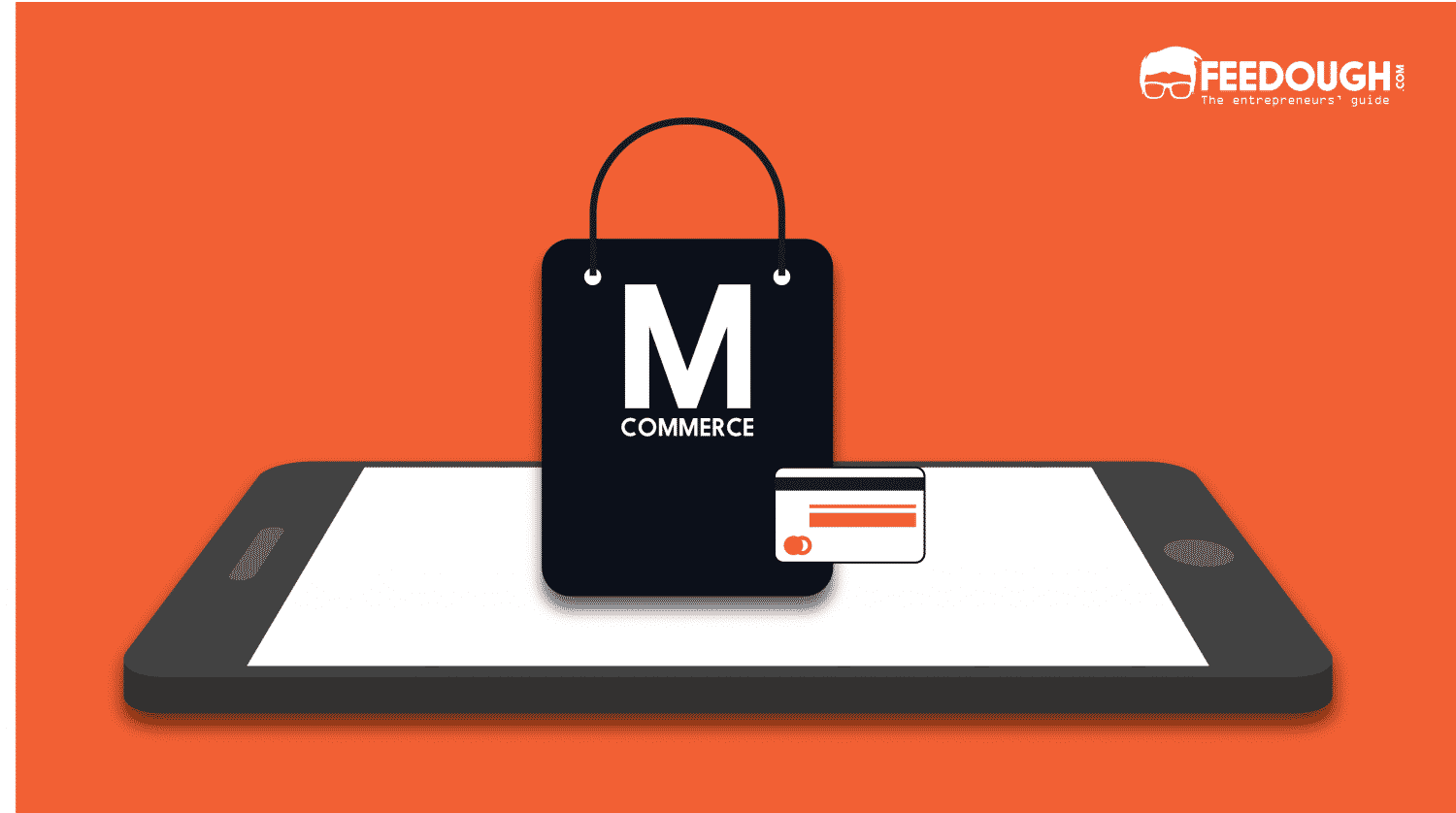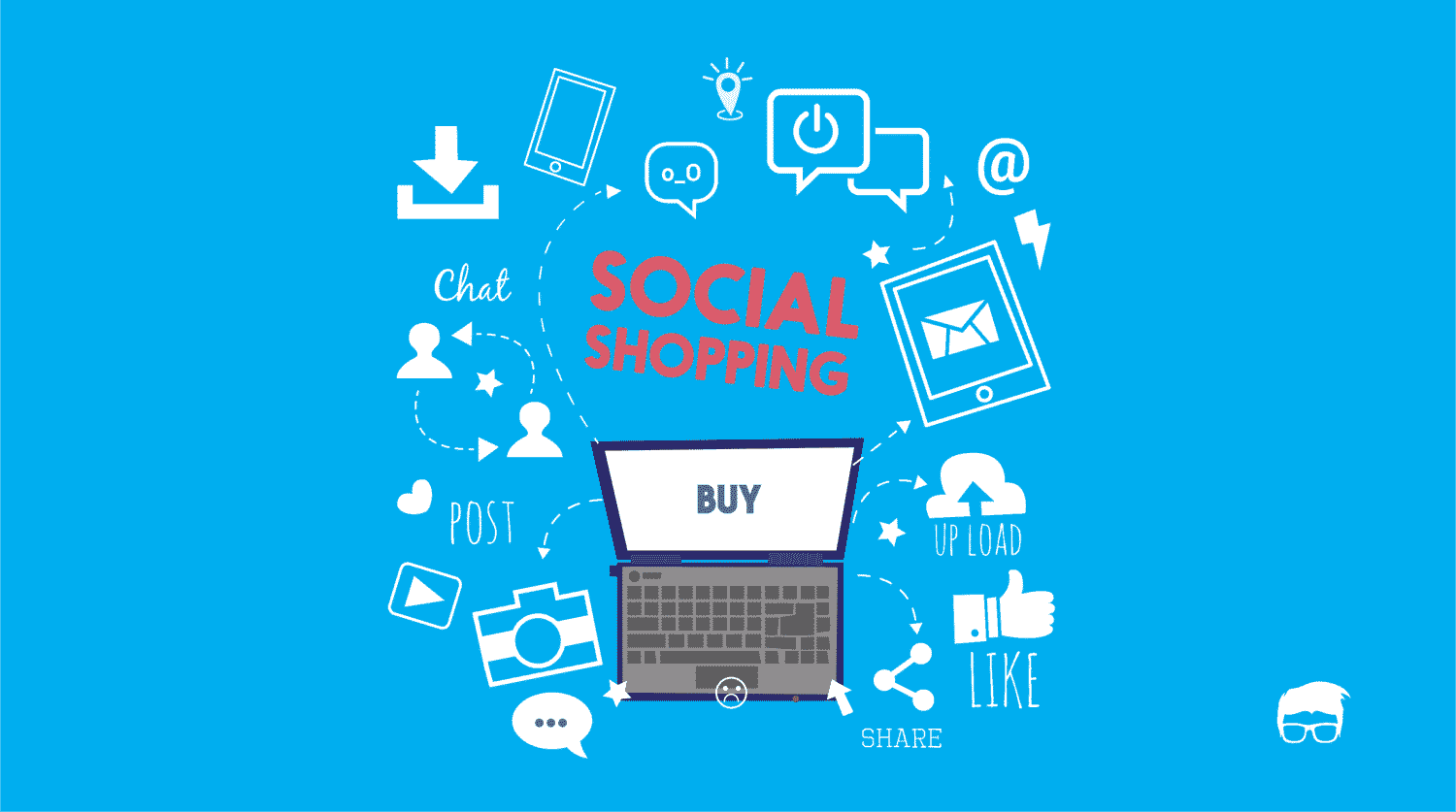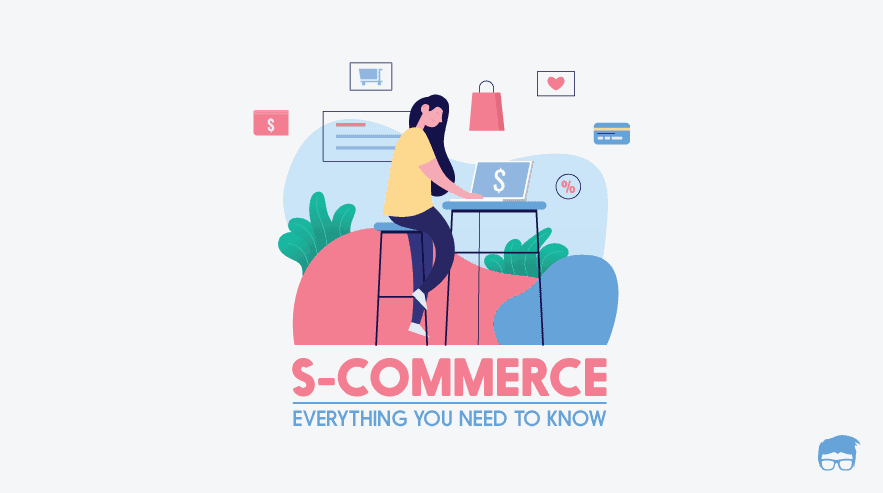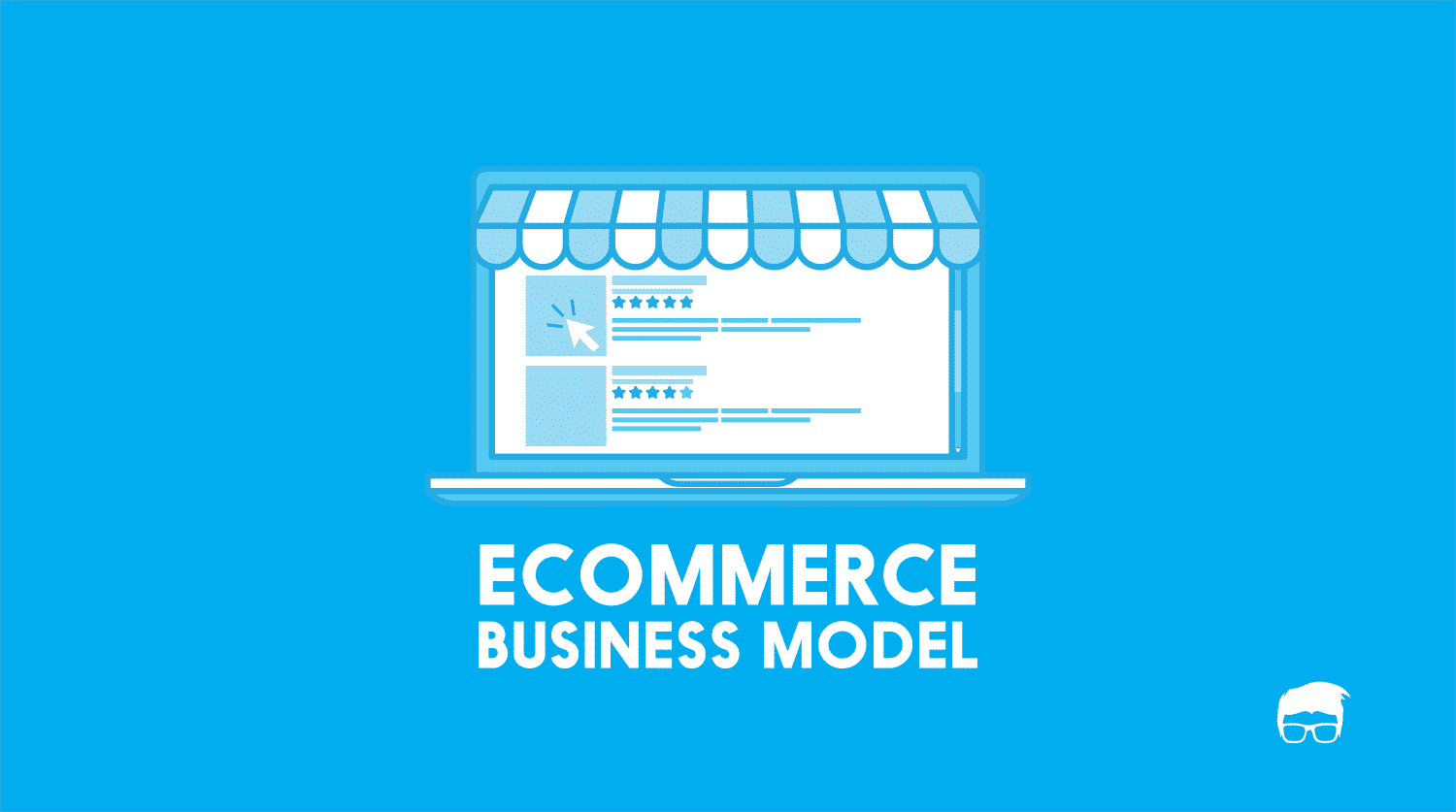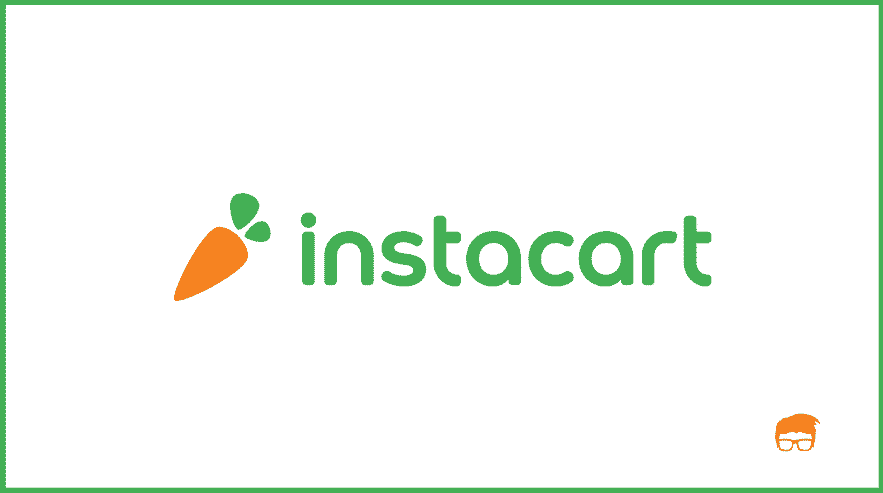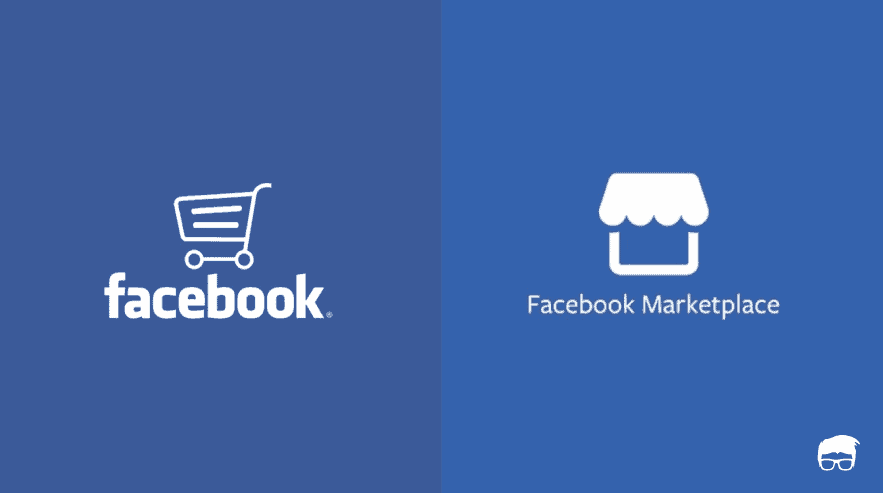Getting products delivered within an hour of ordering was a far fetched dream a few years ago. But this concept is now becoming part of our reality with companies like Getir from Istanbul, Gorillas from Berlin, Blinkit from India introducing their own quick delivery services.
This quick delivery has disrupted the existing market and created a new industry domain for itself – q-commerce.
But what is q-commerce, and how is it different from e-commerce?
What Is Q-Commerce?
Q-Commerce or quick commerce is an ecommerce business model driven by quick on-demand delivery; that is, the business tends to deliver the ordered items within an hour of placing the order.
The quick commerce business model combines the benefits of e-commerce (conducting trade using the internet) and the traditional shopping experience (completing trade within minutes) to create a new business model that satisfies the increasing demands for speed while buying online.
Features Of Q-Commerce Business Model
The q-commerce business model differentiates itself from other business models by providing the following features:
- Faster Delivery Time: The primary focus of q-commerce is to provide faster delivery, making buying through this platform a convenient and time-saving process.
- Convenience: Convenience is the most important feature in q-commerce, which allows customers to shop anytime, anywhere by just tapping their smartphones.
- Anytime delivery: Q-commerce gives customers the option of delivering their order at any time suitable to them. It does not limit customers to fixed business hours.
- Reliability: Since these are reputable brands, customers can be assured of the delivery and quality.
- Lower Pricing: The q-commerce brands often buy inventory in bulk, which reduces the average cost of each product and enables them to offer lucrative discounts.
- Order tracking: Order tracking is another feature of q-commerce which allows customers to track their orders.
- ‘One stop shop’: The quick commerce companies develop their own apps through which the users can order multiple products from one platform.
How Does Q-Commerce Work?
The way a quick commerce startup operates is different from traditional e-commerce businesses.
Focus On High Demand Items Only
Instead of keeping an inventory of all kinds of products, q-commerce startups only list the most demanded items on their apps. These include important grocery items and other products that customers order more frequently, if not daily.
This strategy reduces warehouse and storage costs and enables the company to rent more compact spaces within towns instead of much bigger warehouses outside the cities.
For example, Indian q-commerce startup Blinkit focuses on only 2,000 high-demand items in its inventory.
Increased Efficiency Using Micro-warehouses
Q-commerce startups follow the ‘micro-warehouse strategy’ where they select popular neighbourhoods in cities with high online presence and rent, lease, or buy micro-warehouses which they call ‘cloud stores’ or ‘dark stores.’
These cloud stores are fulfilment centres with highly strategised SKU management strategies, located right in the heart of the city so that the delivery partners or employees can pick up items easily and deliver them within minutes.
This strategy enables q-commerce companies to save on the time and money spent in travelling to and from warehouses at the outskirts of cities where they would need to spend more time completing deliveries.
Strategised Deliveries
The q-commerce companies hire or partner with delivery people on the basis of specific routes, for example, ‘Morning’ or ‘Evening.’
They even separate zones within a city into different categories by the number of deliveries to be made in them.
For example, a startup may differentiate its delivery zones as Type 1 and Type 2. Type 1 zone will have to handle 50 deliveries every day, while Type 2 zone will have to handle 100 deliveries, making the latter more difficult and time-consuming.
This ensures that enough last-mile delivery partners are allocated to each zone according to the number of deliveries.
These delivery partners are monitored through GPS systems and are also given incentives for efficient deliveries.
Moreover, such companies even assign more than one delivery order to the delivery partner based on orders’ location and distance.
This prevents the to-and-fro movement of the delivery person and reduces the time it takes to complete deliveries.
Delivery Pricing Model
Q-commerce business model includes high costs compared to traditional e-commerce companies because the last-mile delivery system comes as an additional cost that the q-commerce companies need to cover.
Hence, most such startups charge a nominal delivery fee to their customers, which usually varies according to order value and distance from the cloud store.
Q-Commerce Advantages
The q-commerce model comes with its advantages over traditional e-commerce. These include:
Top-Notch Customer Experience
Q-commerce focuses on delivery speeds, customer experience, and delivery efficiency.
The speed and efficiency with which such companies deliver products to customers ensure that they save time and money by doing away with the hassles of visiting the market themselves.
This enhances customer experience as the customers are able to get everything delivered right to their doorstep within minutes.
Competitive Unique Selling Proposition
Qcommerce created a new market by introducing the last mile delivery system at a low cost.
This has enabled companies to compete not even with ecommerce stores but also with local markets by offering their customers more convenience than they do while charging lower prices.
This quick delivery system has enabled such brands to establish themselves as unique and competitive brand in the market.
Opportunity For Delivery Partners
The q-commerce companies offer employment opportunities to large numbers of last-mile delivery people.
Even when operating on an aggregator business model, it employs several delivery partners who can work on their time schedules and earn extra income.
This has opened up employment opportunities for a large number of people who were earlier unemployed and without any stable source of income.
Greater Potential For Growth
Q-commerce offers an opportunity for market expansion by opening up cloud stores in different cities or countries.
Moreover, with time, such startups can expand their business model beyond the delivery of limited items and extend it to providing multiple other services.
This kind of growth could be achieved much faster than traditional e-commerce companies because such startups can outsource delivery operations and simultaneously expand their own business.
Q-Commerce Disadvantages
No matter how efficient a delivery system is, it always comes with some disadvantages as well.
The following include:
High Startup Operational Costs
Q-commerce delivery operations come with a high initial cost because these companies have to provide the infrastructure and facilities required for last-mile delivery.
This includes setting up a warehousing unit where they store their products, hiring and training delivery partners, and equipping such partners with the necessary tools to deliver goods.
High costs associated with such deliveries make it difficult for q-commerce startups to compete in low margin markets.
Risks To Existing Local Economy
The q-commerce delivery model allows companies to eliminate or reduce the need for local markets.
This could hurt existing local businesses because people may find it more convenient to purchase their daily needs online than travelling down to the local market.
Moreover, a reduction in footfall at these local markets can also impact the locality’s entire economy.
The Future Of Q-Commerce
Q-commerce is a relatively new and rapidly growing business model.
Such startups have faced several problems since their establishment, but this hasn’t stopped them from expanding.
Their success can be attributed to the advantages that come with such commerce models and the potential they hold for future growth.
Moreover, the Covid pandemic has observed a steady change in consumer shopping behaviour. They are now more inclined towards online, on-demand, more towards convenience and less towards loyalty.
This has opened up new competitive frontiers in the market for companies to explore.
With time, such delivery systems can be further optimised for better efficiency and cost-effectiveness while increasing the reach of these startups to more clients globally.
The potential that lies in this model also makes it one of the most lucrative business models in the market today.
Go On, Tell Us What You Think!
Did we miss something? Come on! Tell us what you think about our article on q-commerce in the comments section.
A startup consultant, digital marketer, traveller, and philomath. Aashish has worked with over 20 startups and successfully helped them ideate, raise money, and succeed. When not working, he can be found hiking, camping, and stargazing.
